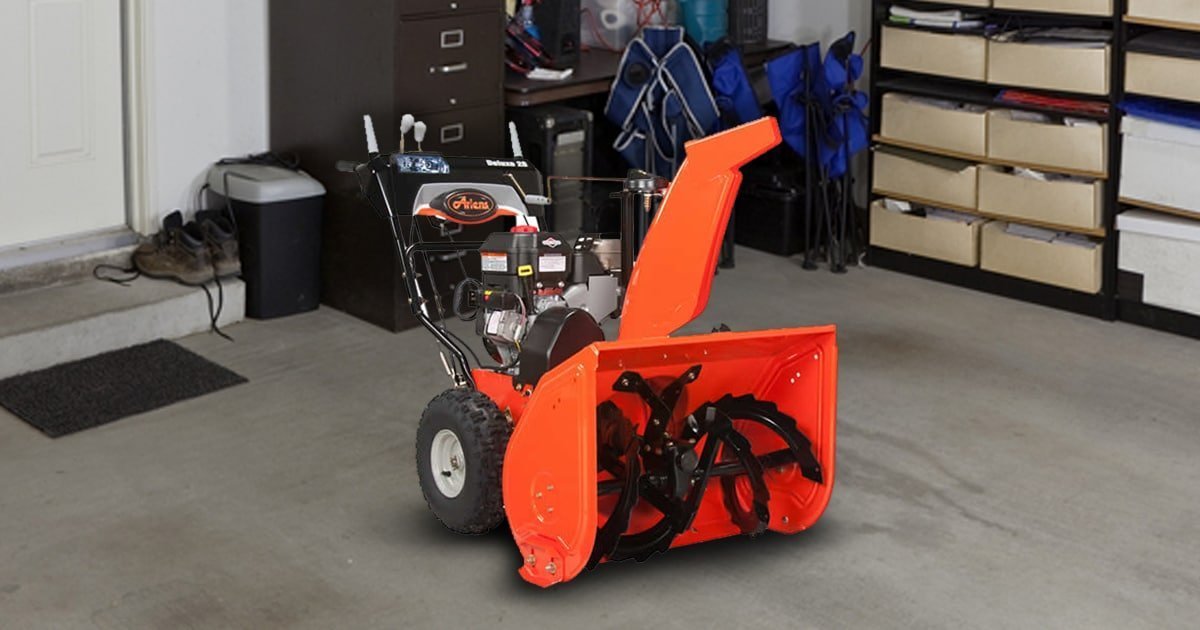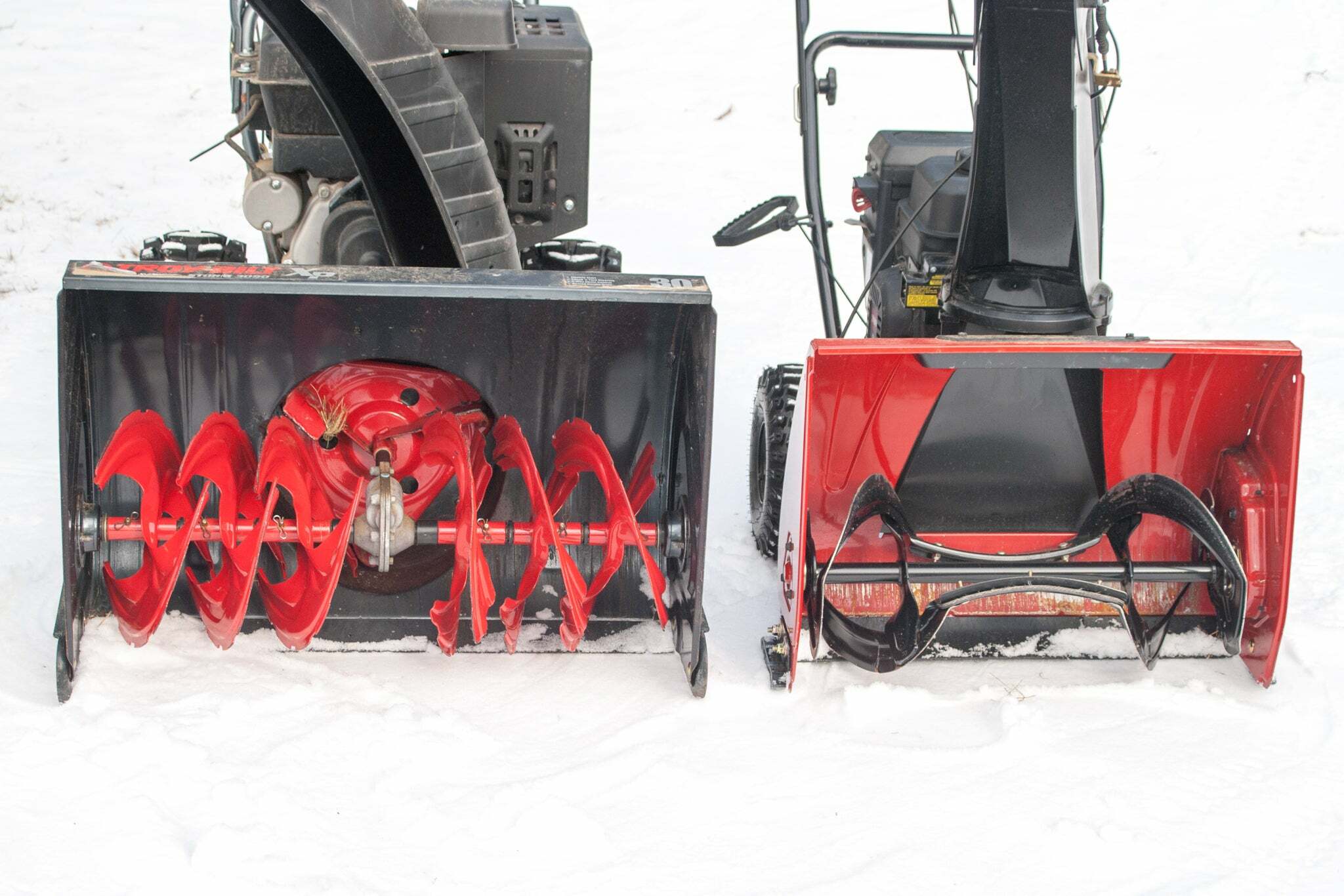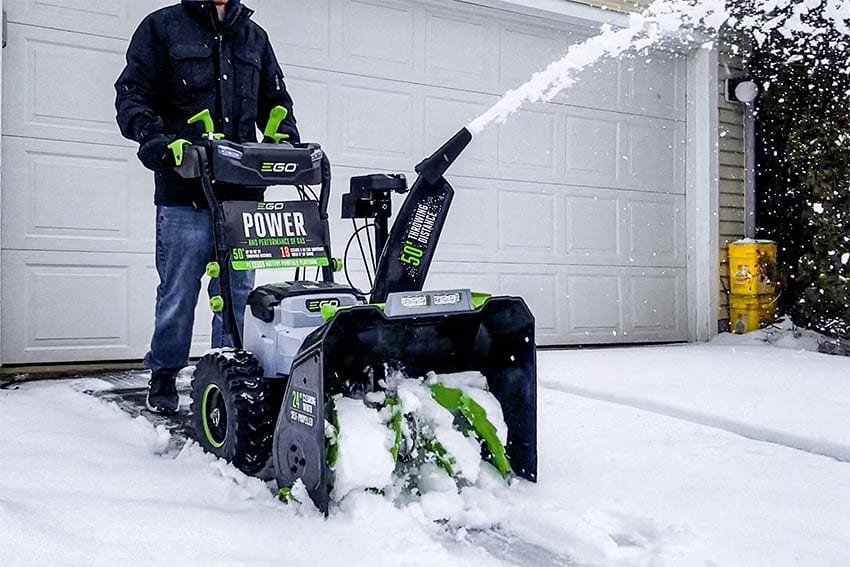Snow Blower is Surging? Here are 4 Ways to Fix It: Expert Solutions
If your snow blower is surging, here are 4 ways to fix it: adjust the carburetor, clean the fuel system, check the spark plug, and replace the air filter. A surging snow blower can be frustrating, but with these simple steps, you can get it running smoothly again. Common Issues Causing Surging In Snow Blowers Experiencing surging in your snow blower? Here are four effective ways to fix it and get your machine running smoothly again. Don’t let common issues hinder your snow blowing experience! If you’ve noticed that your snow blower is surging, experiencing inconsistent speed, or struggling to maintain a steady RPM, there are a few common culprits that might be causing the issue. Identifying the root cause of the surging will help you fix the problem promptly and ensure your snow blower operates efficiently during those snowy winter days. Here are 4 potential issues that could be causing your snow blower to surge: Clogged Fuel System: Dirty Carburetor: Faulty Spark Plug: Other Potential Causes: Keep in mind that some of these issues can be resolved with basic maintenance tasks, while others might require professional assistance. Regularly inspecting and maintaining your snow blower will help prevent surging issues and ensure smooth operation when you need it most. Credit: www.nytimes.com Importance Of Addressing The Surging Problem In Snow Blowers Addressing the surging problem in snow blowers is crucial. This article provides four effective ways to fix the issue, ensuring smooth operation and optimal performance. Addressing the surging problem in snow blowers is crucial for maintaining their efficiency and performance. It can not only lead to a decrease in their effectiveness but also potentially cause damage to the engine. If your snow blower is surging, it is essential to take prompt action to fix the issue. Let’s explore the reasons why addressing the surging problem in snow blowers is of utmost importance: Decreased Efficiency And Performance Potential Damage To The Engine By addressing the surging problem in snow blowers, you can ensure their optimal performance and longevity. It is recommended to take the necessary steps to fix the issue at the earliest sign of surging. Regular maintenance, such as cleaning or replacing air filters, checking spark plugs, and adjusting fuel mixture, can help prevent surging problems and keep your snow blower running smoothly during the winter season. Solution 1: Cleaning The Fuel System And Carburetor One way to fix a surging snow blower is by cleaning the fuel system and carburetor. This helps remove any buildup or blockages that could be causing the surging issue. Snow Blower Is Surging? Here Are 4 Ways To Fix It Is your snow blower surging, making it difficult for you to clear your driveway or walkway? Don’t worry, we’ve got you covered! In this section, we will explore the first solution to fix a surging snow blower: cleaning the fuel system and carburetor. Step-By-Step Guide To Cleaning The Fuel System: How To Disassemble And Clean The Carburetor: By following these step-by-step instructions, you can effectively clean the fuel system and carburetor of your snow blower. In the next section, we will explore another solution to fix a surging snow blower. Stay tuned! Remember, regular maintenance and cleaning of your snow blower will not only improve its performance but also extend its lifespan. Solution 2: Adjusting The Carburetor Settings One of the solutions to fix a surging snow blower is adjusting the carburetor settings. By fine-tuning the carburetor, you can eliminate the surging issue and ensure smooth operation. Understanding The Role Of Carburetor Adjustments When it comes to fixing a surging snow blower, one of the potential solutions is adjusting the carburetor settings. The carburetor plays a crucial role in regulating the fuel and air mixture that is necessary for proper engine combustion. If the carburetor settings are off, it can result in a surging engine performance. Understanding how to adjust the carburetor correctly can help resolve this issue effectively. Here’s what you need to know about adjusting the carburetor settings: Step-By-Step Instructions For Adjusting The Mixture And Idle Settings Follow these steps to adjust the carburetor mixture and idle settings: Tips For Fine-Tuning The Carburetor Here are some tips to help you fine-tune the carburetor and optimize its performance: By understanding the role of carburetor adjustments and following the step-by-step instructions provided, you can address the surging issue effectively and restore smooth operation to your snow blower. With careful fine-tuning and maintenance, your snow blower will be ready to tackle winter’s challenges. Solution 3: Replacing The Spark Plug One effective solution to fix a surging snow blower is by replacing the spark plug. This simple step can help resolve the issue and ensure smooth operation of the equipment. Is your snow blower surging and giving you a hard time during those cold winter days? Don’t worry, there are a few simple fixes that can get your snow blower up and running smoothly again. In this section, we’ll discuss the signs of a faulty spark plug, provide a step-by-step guide to removing and replacing the spark plug, and explain the importance of using the correct type and gap measurement. Signs Of A Faulty Spark Plug: Step-By-Step Guide To Removing And Replacing The Spark Plug: Importance Of Using The Correct Type And Gap Measurement: Using the correct spark plug type and gap measurement is crucial for the optimal performance and longevity of your snow blower. Here’s why it matters: Remember, regular maintenance and timely spark plug replacement are essential to keep your snow blower running smoothly throughout the winter season. Don’t hesitate to replace a faulty spark plug to avoid further problems down the road. Regular Maintenance And Inspection Regular maintenance and inspection is vital for keeping your snow blower running smoothly. If you’re experiencing surging issues, try these four simple fixes to get it back in top shape. Importance Of Routine Maintenance Are essential to keep your snow blower performing at its best. Neglecting proper maintenance can lead to a surge in your snow
Snow Blower is Surging? Here are 4 Ways to Fix It: Expert Solutions Read More »






